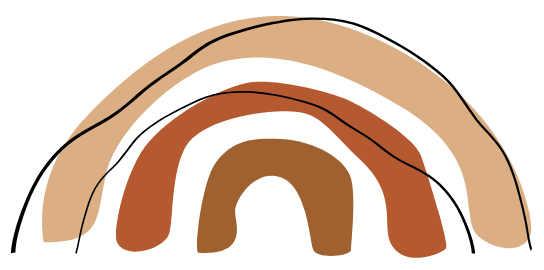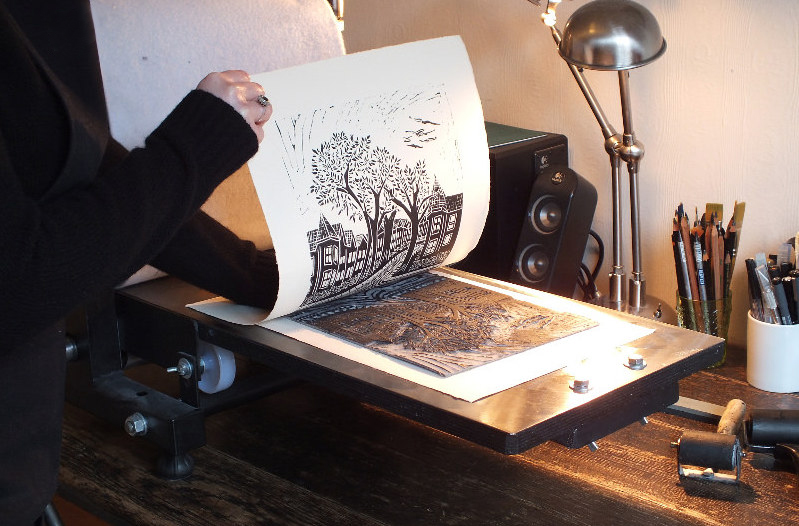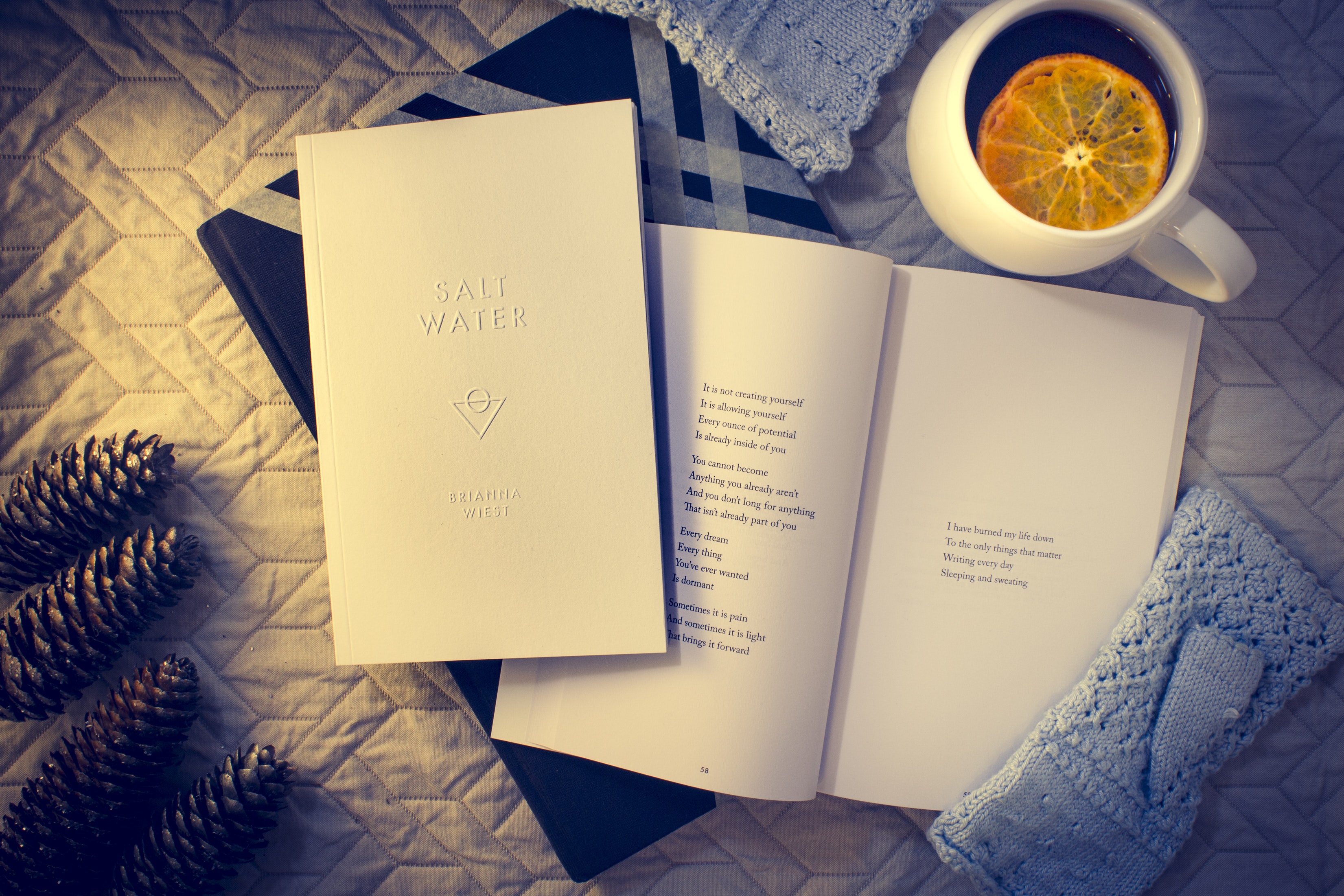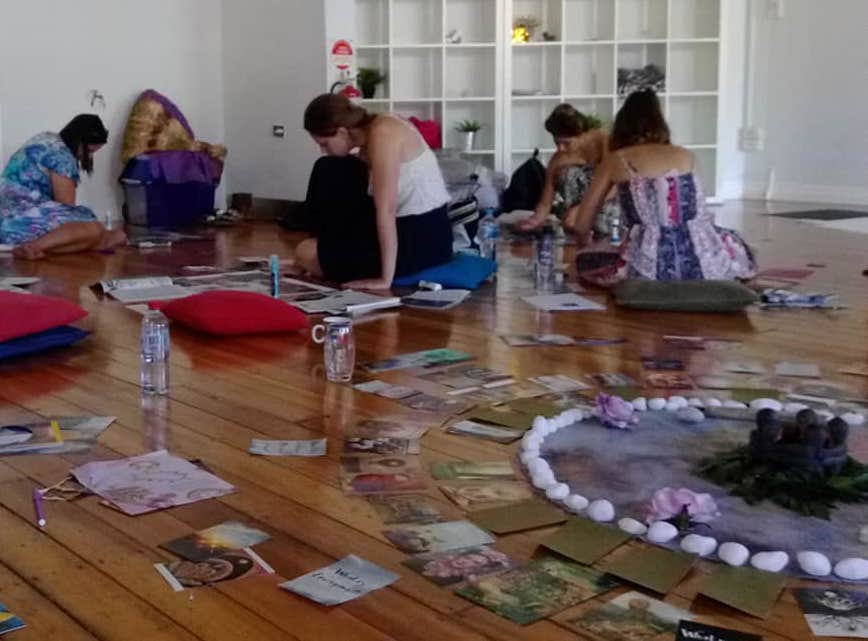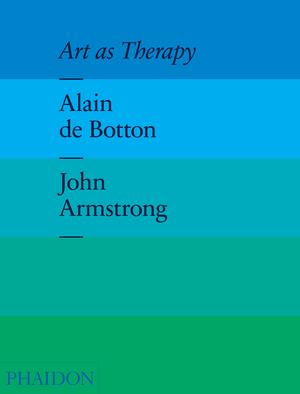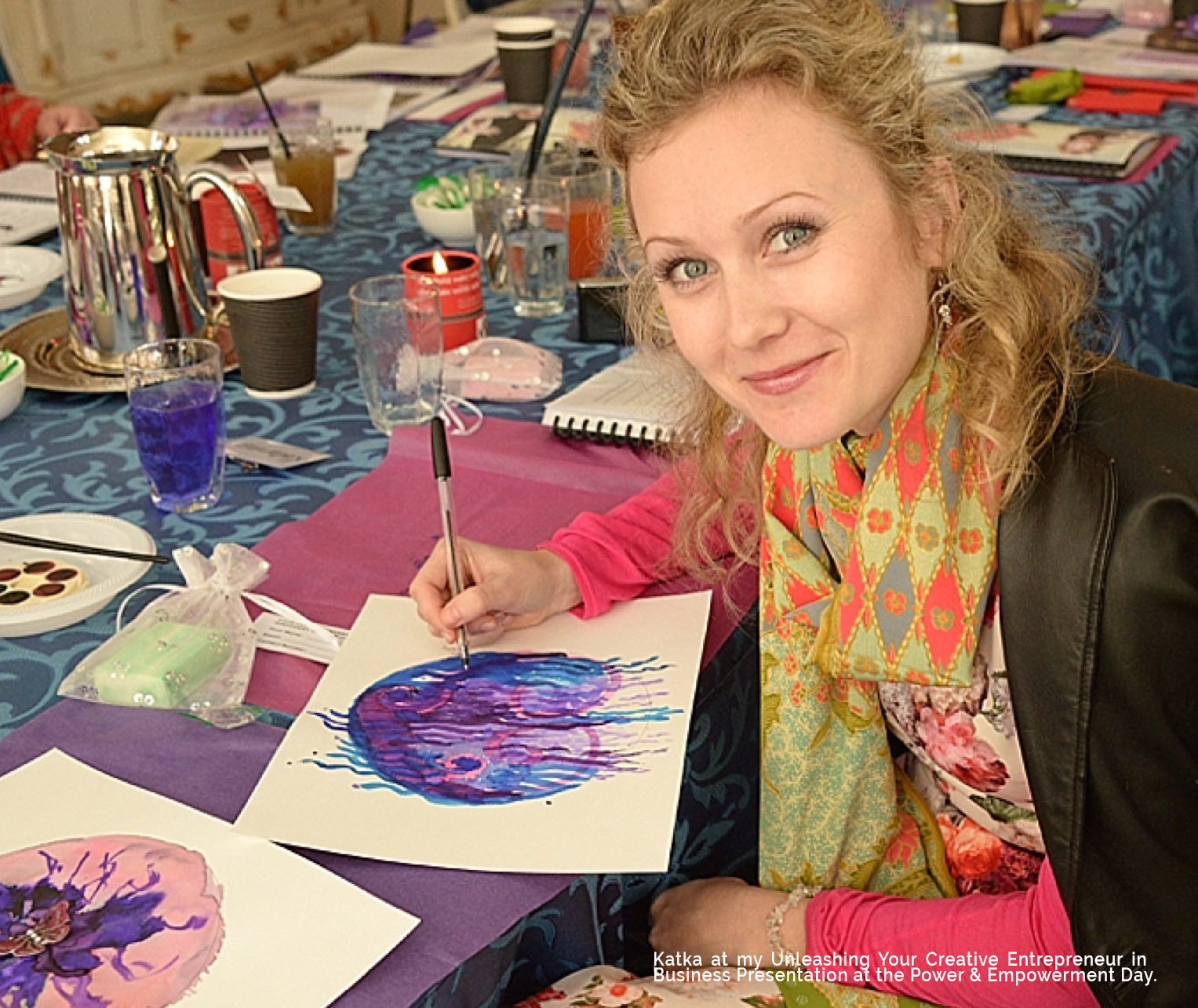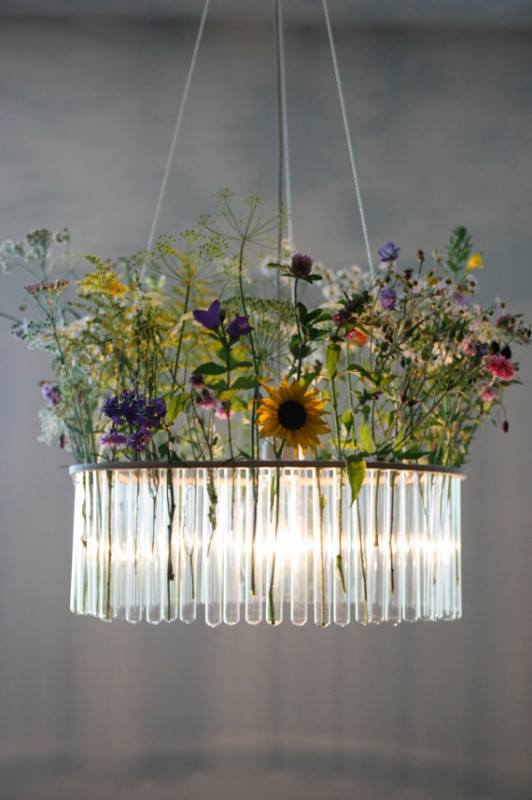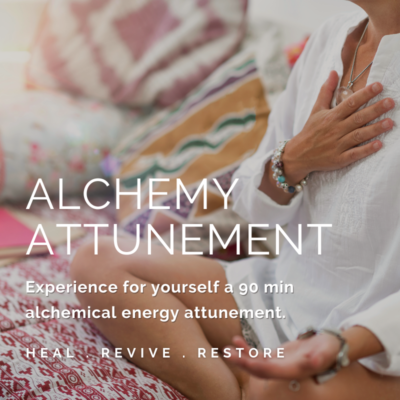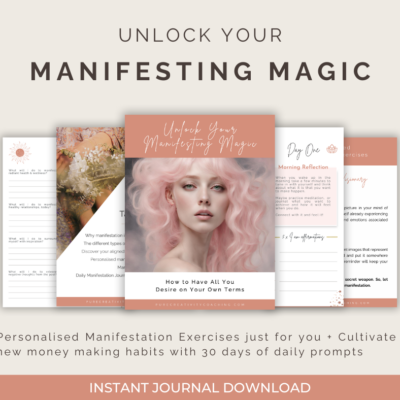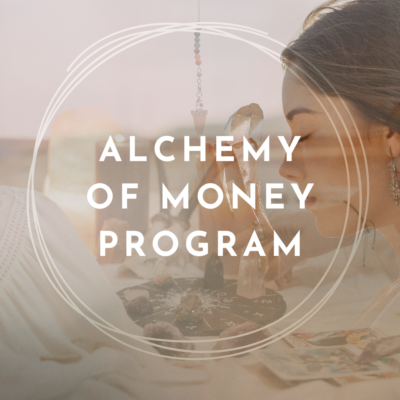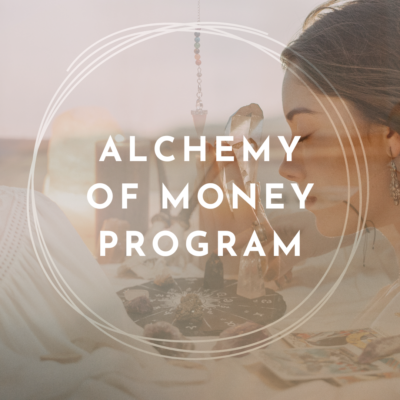
Why Being More Creative Improves Your Mental & Physical Health
Why Being More Creative Improves Your Mental & Physical Health.

Lisa-Maree Botticelli
Mindset & Wealth Coach
It’s official! Science now tells us that kids aren’t the only ones needing unstructured playtime and time to fuel their imagination. Many adults could do with using more activities requiring imagination, innovation and playful improvisation also. Research now shows studies based on brain-imaging has found that creativity alters our brain chemistry and boosts our physical and mental health.
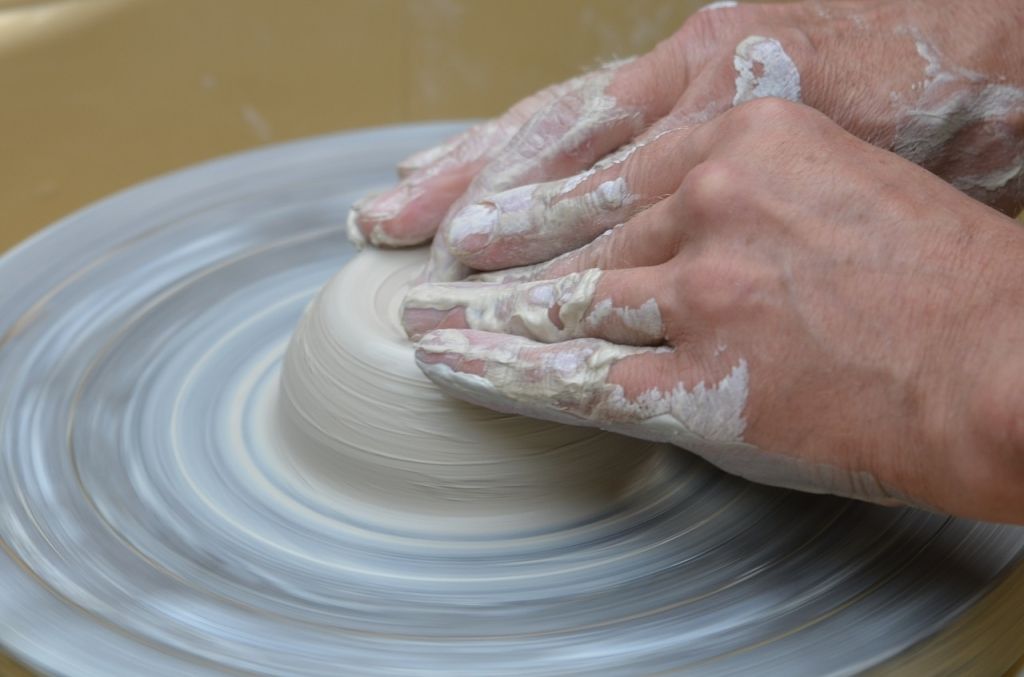

‘You can’t use up creativity. The more you use, the more you have’.
MAYA ANGELOU
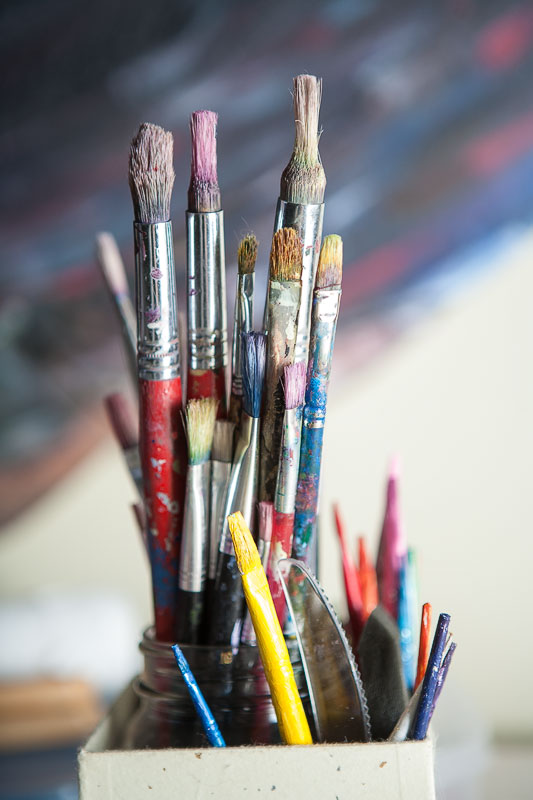
Time to Reconnect and Enhance Your Creative Ability
Did you know that reading poetry and the classics can be more helpful than, a self-help book. And, knitting is significantly therapeutic, much like listening to music. When we go to an gallery just to appreciate art, this can dramatically lower our stress and anxiety levels and has a flow on effect of helping you to be calm, relaxed and happy?
It has also been found that drawing, journalling, reading poetry, making arts and crafts can be very helpful in relaxing your mind, your muscles, lowers inflammation and indigestion problems. It also improves positive self-esteem, as well as increased productivity. This is because creative pursuits help us focus our attention, similar to the way that meditating does.
Flow is the key ingredient to accessing the many physical, emotional and mental benefits of creativity. Psychologist, Mihaly Csikszentmihalyi in his book, ‘Flow’ talks about the state we enter when we are so engaged in our creative process that we even seem to lose track of time, temporarily forgetting ourselves, our problems and internal chaos. When we are in flow we tend to forget what’s happening in our lives currently and even, what’s happening in our bodies. We find that negative thoughts disappear during this time. For some they achieve this state when they are doing physical exercise, however, even tasks that involve repetition like knitting, crochet help to alleviate strong emotions and have a a calming effect on our nervous system.
If you’re feeling depressed or high anxiety, current research from neurological studies have found engaging in activities with meaning and purpose, including creative passions work like your own internal medicine and act much like a natural anti depressant and mood enhancer. Ask yourself, are you in need of a mental, or physical enhancement? And, if the answer if yes, it may be time to focus on your creative passions and increase the time you spend doing these activities. One way to reconnect to your creativity is by taking yourself on a weekly artist date, where you go by yourself on a date, or activity that reconnects you to an activity you love to do, but have stopped doing for one reason or another.
Enjoy this video where Julia Cameron talks about how taking yourself on an Artist Date brings playful delight back into your life.
Take Yourself to an Art Exhibit, or Museum
You may have had a mind-stretching, body tingling experience where you were looking at a painting, sculpture or other artwork, you know what I’m talking about. Perhaps you are unsure about art, or have the idea that art is not for you. Rest assured you don’t have to be all artsy to enjoy art. You don’t even have to understand it to be able to get something from it. Just remain curious and allow your body to have it’s natural response to what your experiencing. If you have just one moment where you can experience wonder, then, that is what counts and is having a positive benefit on you.
Emotions are processed by a special area of the brain and when our pleasure centres are activated by contemplating a painting or other artwork even, when it’s not immediately clear what the artwork is about. Our brains, bodies and emotions are positively rewarded. Signals to the brain are the same as when we’re daydreaming, or thinking about the future and enhances the pleasure and reward mode even further. There is also an area called, ‘the interior insult’ that is associated with the experience of pain that is activated, and this may be due to our brains trying process and find meaning in the art work. Taking time out to go to an art exhibit, or museum, even taking a painting class can be very rewarding as a result and will often change your brain’s neuroplasticity by activating and enhancing the reward centres through repetitive positive signals.
Why Not Start Writing a Daily Journal?
Are you stressed out? When was the last time you wrote in a journal? Most people are too busy replying to a full inbox each day, a huge to-do list to even consider the benefits of journalling for themselves each day. But, before you discount it completely there are many health benefits to writing worth considering. Many people are walking around with a huge amount of stress too big to handle. The cortisol produced through constant activation of stress hormones is very harmful and taxing to our immune systems leading to serious health problems, if you don’t put a stop to it in time.
The British Journal of Health Psychology published a study that showed how releasing the stress caused by emotional topic through writing or journaling actually lowered people’s cortisol levels. It is well known that expressive writing of a personal nature is very relieves long term suffering from any kind of psychological trauma. The study showed who wrote in a journal slept better, and this led to improved mood, as well as the ability to heal faster.
Reading Challenging Literature
Most people love to read, isn’t that what you’re doing right now? Did you know that reading topics that provide a challenge for example, Shakespeare provides many health benefits for brain and your mental health? Scans of the brain have found the more challenging texts, prose and poetry show more electrical activity is sparked off in the brain than, reading easier text, or more conventional and predictable language.
Philip Davis, an English Professor in the Magnetic Resonance Centre, at Liverpool University, UK after a research study on the effects of reading William Shakespeare, William Wordsworth, T.S. Eliot and others has on the brain, says, “When you read literature of a higher level leads to mental shifts in pathways and help to create new thoughts, shapes, and connections whether you’re young or old.
Read More Poetry
The same study found regularly reading poetry, leads to an increase in activity in the right hemisphere of the brain, the area connected to ‘autobiographical memory’. Poetry is very helpful in being able to reflect on our own life experiences and compare them to what we are reading. It also lights up the part of the brain concerned with language. Professor Davis says, “Poetry is not just a matter of style. It is a matter of deep versions of experience that add the emotional and biographical to the cognitive,”.
There is also evidence poetry affects our brains in the same way music does. Everyone knows the feeling when they hear a song, they really connect with. This is because the areas of the brain affected by music are the same that are aroused by reading poetry, particularly, the musical resonance of poetry, like rhythm, tone, cadence and word usage.
““Poetry is not just a matter of style. It is a matter of deep versions of experience that add the emotional and biographical to the cognitive.”
PROF. DAVIS
Get Artsy
Some experts equate the benefits of creative flow from art and craft activities with a meditative experience, in that it helps to regulate your emotions and focus your attention, much like a mental exercise would. Whether you’re building and restoring furniture, doing wood turning, printmaking, painting ceramics, doing art activities creates a state of deep relaxation, one that completely alters your physical and emotional responses to stress. Art therapy is a great starting place for reconnecting to your natural self expression. People have described feeling very relaxed and connected to themselves again, after attending an Art Therapy workshop.
Being creative is a combination of self-expression, problem solving, creative improvisation and mindfulness, slowing down your breathing, decreasing heart rate, lowering blood pressure and releasing muscle tension.
Sculpting, scrapbooking, sewing, painting, printmaking, collaging, throwing ceramics and pottery, gardening even, doing home repairs all of these tasks activate your brain’s reward centres releasing dopamine, which is a neurotransmitter, also known as a natural antidepressant. The other important factor is the building of community and friendships with these activities and this is one of the best antidotes to depression. Imagine how blissed out you can be when you get crafty or arty!
Keep On Knitting
Many knitters and crocheters find relief from stress when they do this regularly. They also said their cognitive functioning was higher. Not only that being in the company of fellow knitters was one of their greatest rewards. Research shows being part of a knitting community increased “perceived happiness” as a result of social contact and interaction with others. This in turn, improved mood and brain health. It has been proven knitting has significant psychological, social and therapeutic benefits providing much potential for helping with managing stress, depression, long-term illness and physical pain.
Your Hands are Tools for Creating Meaning
Using your hands for meaningful creative tasks is a great way to elevate your mood, stimulate your brain and senses as well as create better internal well-being according to physician + writer team, Carrie and Alton Barron who recommend doing this for at least 20-30 minutes daily.
Discover Your True Self and Open Up A New World
We exercise our brains daily through our work, so it makes perfect sense to also indulge our creative side too. This then, teaches patience, perseverance and creates a sense of pride as well as helping to develop fine motor skills. Just sitting with others who share your interests will move you closer to discovering who you truly are.
